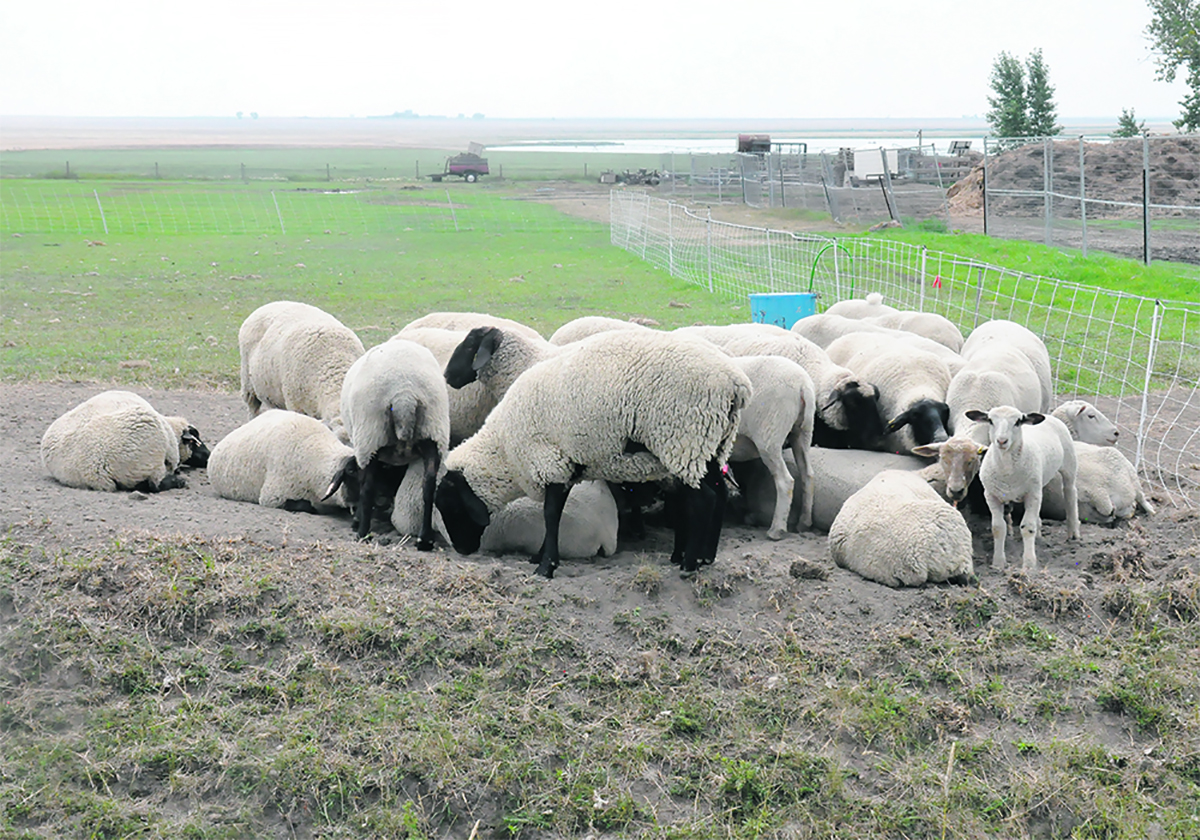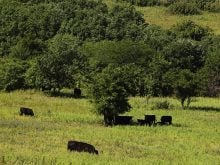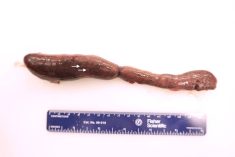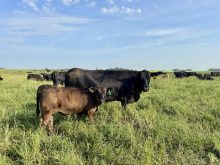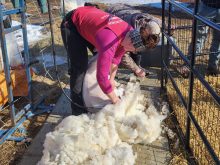An expert in sheep production says incremental change and increased measurement can increase production profit
Glacier FarmMedia – The pathway to profit in sheep is paved with little details.
“The secret of success is doing the common thing uncommonly well,” said Mark Ferguson, founder and chief executive officer of neXgen Agri of New Zealand. “Our goal has to be kilograms of lamb out the door.”
Measurement and data analysis are critical tools for deciphering the per-pound production costs and for increasing efficiency and profit through incremental changes, Ferguson told attendees of an Ontario industry event last fall.
Read Also
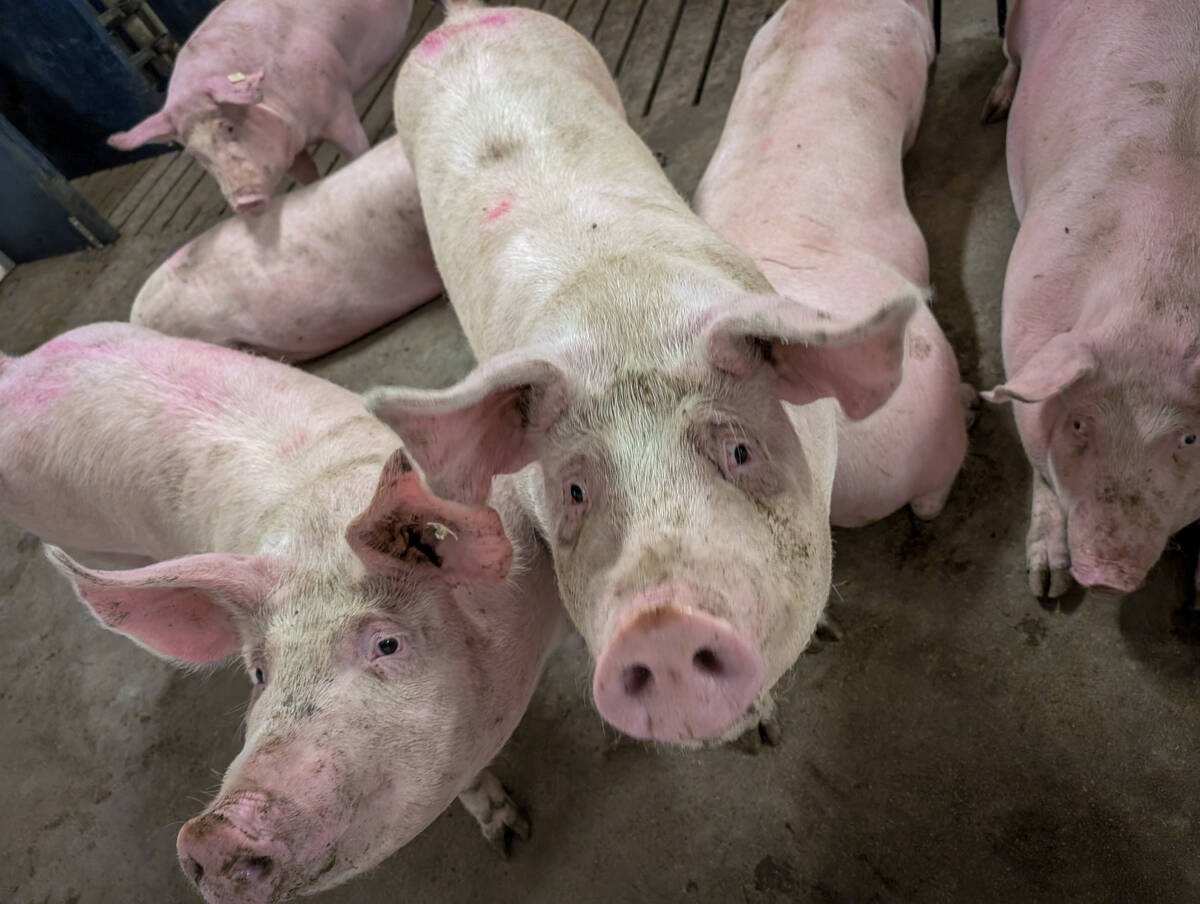
Pork sector targets sustainability
Manitoba Pork has a new guiding document, entitled Building a Sustainable Future, outlining its sustainability goals for the years to come.
Australia’s production model, although pasture-based, emphasizes the success of Ferguson’s five pillars of profitable sheep production: technology, nutrition, genetics, people and health.
He believes measurement protocols could be modified for Canadian management to improve lamb success.
For example, Ferguson said combining weighing and body scoring provides a more comprehensive marker than doing one or the other. There is a significant difference between a three-condition score on a 60-kg ewe and a 100-kg ewe, he noted. He suggested the Lifetime Ewe Management app to record condition score data because it provides an average after inputting 30 to 40 sheep.
“Condition score drives your production, and nutrition is the key to change. Knowing that trend line tells you how much you can afford to feed up to that first lambing. We’ve made a lot of money in our growing enterprises by managing condition score and separating out groups based on (that).”
Ferguson noted that some Canadian producers don’t track ewe lamb weights or cut-off weights or compare the performance of light ewes against heavy ewes, which he believes produce better.
Better data helps with decisions on cull and replacement ewes based on performance. Without data, it becomes a guessing game in which strong performers could be replaced, sold or slaughtered.
“Knowing who’s one, two and three, and managing them accordingly, is a massive lift for our profitability because we can have problems with singles fed too well and twins not fed well enough,” said Ferguson.
He also tracks weaning weights, seventh-month condition scores, health and treatment records and lamb-rearing ability to influence selection of ewes.
He said ram selection based on production-enhancing genetic traits like whole-body energy (genetic fatness but not obesity) and natural disease resistance can improve profits.
Ewes with higher genetic fatness are more efficient, especially as 3.3 per cent of stored energy is burned daily during gestation, he said.
“We have to feed them less to maintain energy; maintaining fat is free. It’s expensive to build fat and then burn it off again. In our maternals, we need animals that will store energy when they get the opportunity. This could be big (for Ontario’s industry).”
Maternal ultrasound for fat isn’t popular, but he believes condition scoring can help producers breed to increase that genetic trait within a flock.
Most genetic traits are ram-contributed, and Ferguson looks to optimize the flock by focusing on 15 core traits, including great weaning rates, rearability and worm and coccidia resistance.
“You can put all these traits together and achieve great things in the sheep industry,” he said. “It just takes a little bit of effort and a little bit of measuring.”



